I want to paste a number and some letters together to index them. The columns of my dataframe are as follows;
When CNTR is NA, i want it to be the booking number + an index, so for booking 202653 for example, I want it to be 202653A and 202653B. I already achieved pasting the booking numbers into the CNTR column when its empty with;
dfUNIT$CNTR <- ifelse(is.na(dfUNIT$CNTR), dfUNIT$BOOKING, dfUNIT$CNTR)
which gives me the following table;
But as I said, I need unique CNTR values. My dataframe contains thousands of rows and changes frequently, is there a way to 'index' them the way I want (A, B, C etc)? Thank you in advance

